Phra Samut Chedi, located in Tambon Pak Khlong Pla Kot, Thailand, is a remarkable cultural landmark that showcases the architectural beauty and historical significance of the region. Visitors can immerse themselves in its serene surroundings and appreciate the rich history that this iconic stupa represents.
Phra Samut Chedi, situated on Thanon Suksawat in Tambon Pak Khlong Pla Kot, Thailand, stands as a testament to the rich cultural heritage of the nation. This iconic stupa, characterized by its striking architecture and historic significance, attracts both local and international visitors. The site holds deep spiritual importance as it houses relics and honors Buddhist traditions that date back centuries.
The name Phra Samut Chedi translates to “The Great Stupa by the Sea,” reflecting its unique position near the Chao Phraya River. The ornate structure was originally constructed during the reign of King Rama IV in the mid-19th century and has undergone various renovations to preserve its grandeur. As you approach the stupa, you will be greeted by lush gardens and the soothing sounds of the river, creating an atmosphere of tranquility.
Inside, visitors can explore the beautifully adorned interiors adorned with intricate murals depicting scenes from Buddhist teachings. The stupa itself is surrounded by a serene ambiance, making it an ideal location for meditation and reflection. It serves as a popular site for both worshippers and tourists seeking a deeper understanding of Thai culture and spirituality.
The cultural significance of Phra Samut Chedi extends beyond its religious connotations; it also symbolizes the resilience and artistic prowess of the Thai people throughout history. Surrounded by bustling markets and local eateries, the area thrives with life, offering a chance to experience genuine Thai hospitality and cuisine.
While visiting Phra Samut Chedi, guests can partake in guided tours that detail the stupa’s storied past and its role in the local community. The site is often used for community events and ceremonies, reflecting its ongoing importance in contemporary Thai culture.
Exploring this monumental stupa not only provides insight into Thailand’s rich Buddhist heritage but also allows visitors to appreciate the breathtaking architecture and serene natural surroundings. Whether you are a history enthusiast, a spiritual seeker, or simply looking for a picturesque spot to relax, Phra Samut Chedi is an essential destination that embodies Thailand’s vibrant past and present.
พระสมุทรเจดีย์ (พระสมุทรเจดีย์, ไทย) - รีวิว - ThailandAgoda.com
Attractions
6 miles
0.00 miles
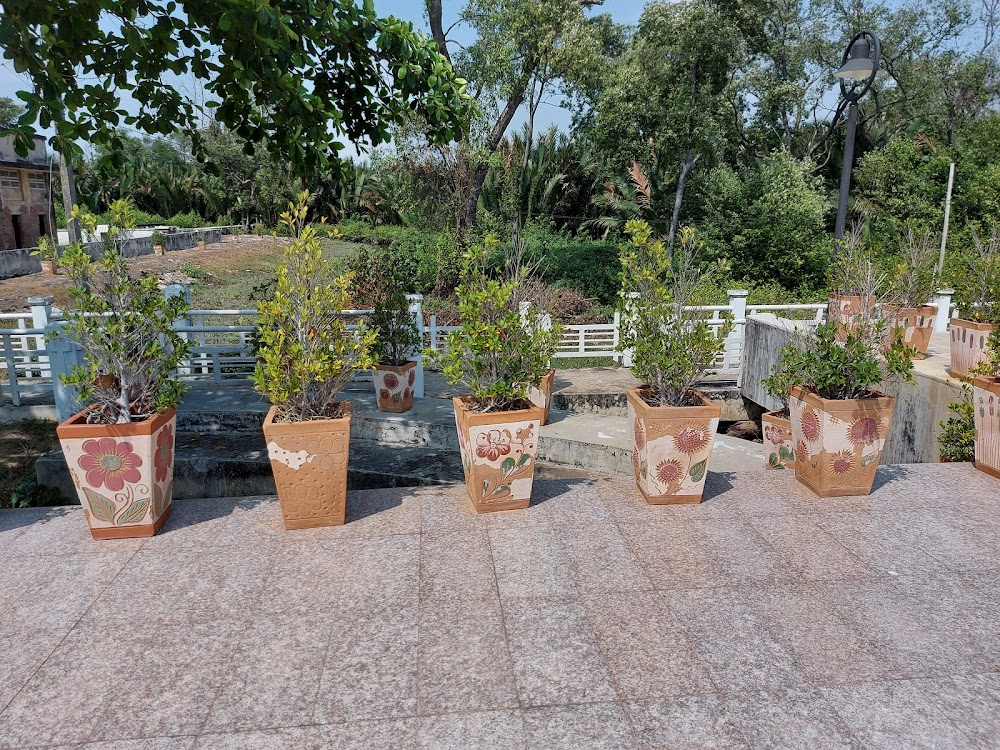
0.32 miles
0.86 miles
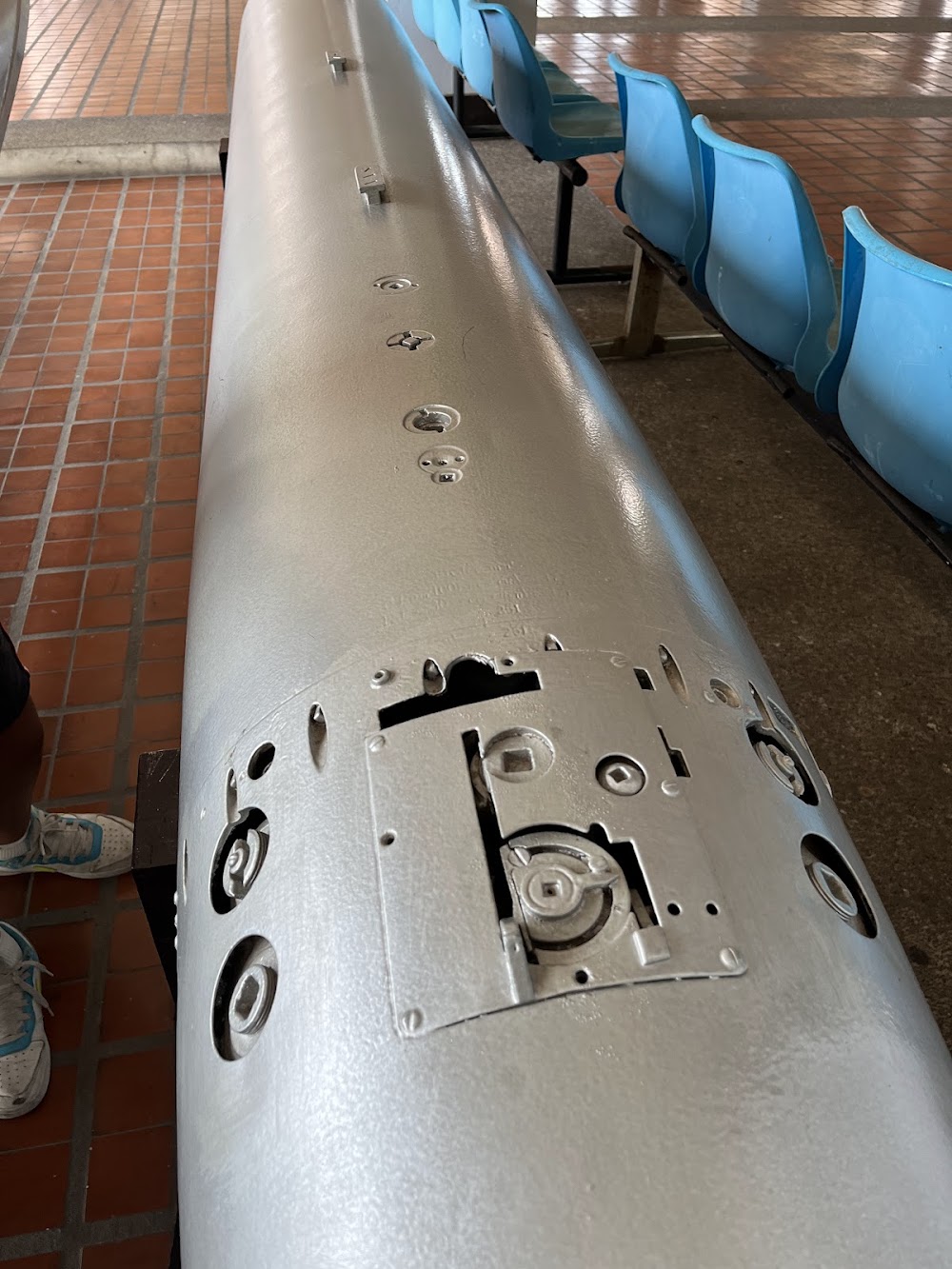
0.88 miles
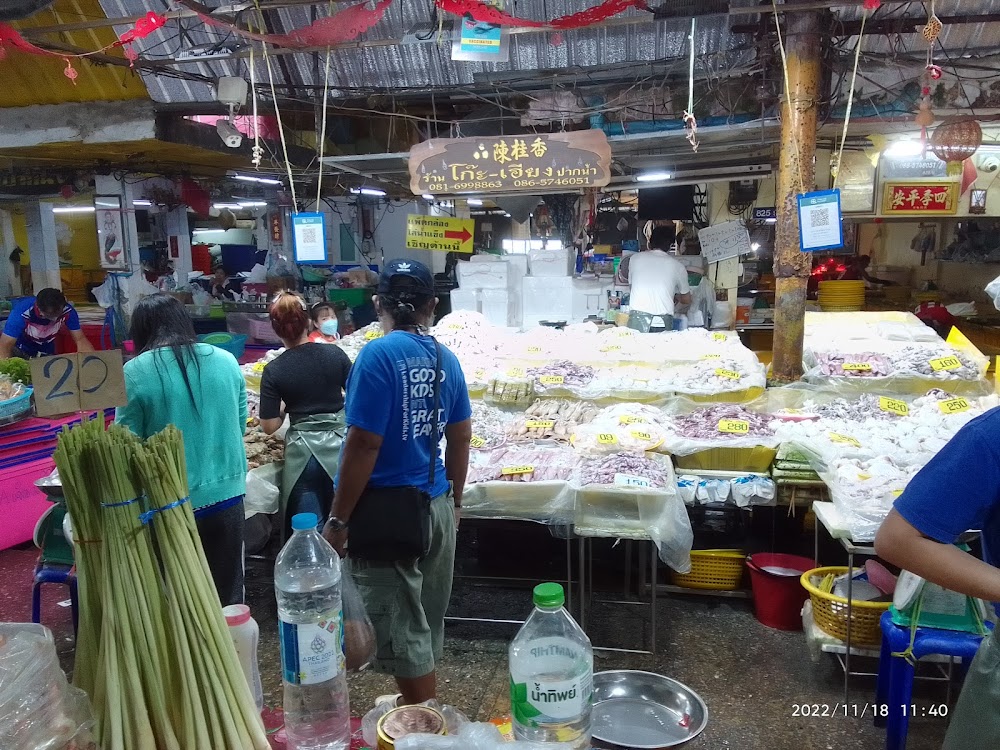
0.91 miles
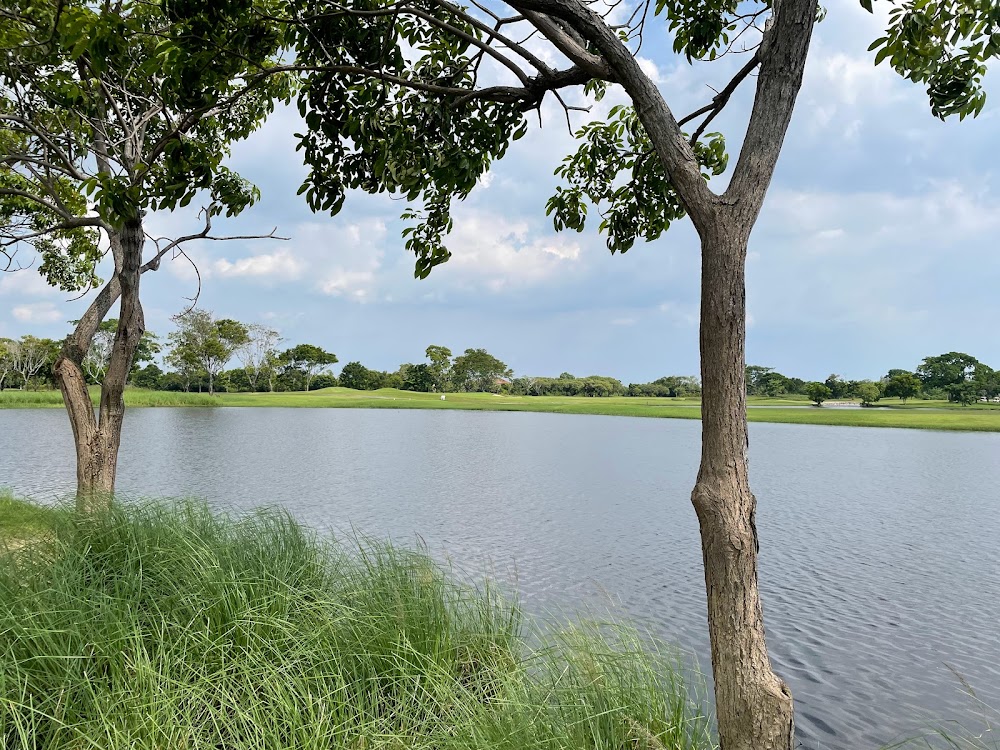
1.23 miles

1.80 miles
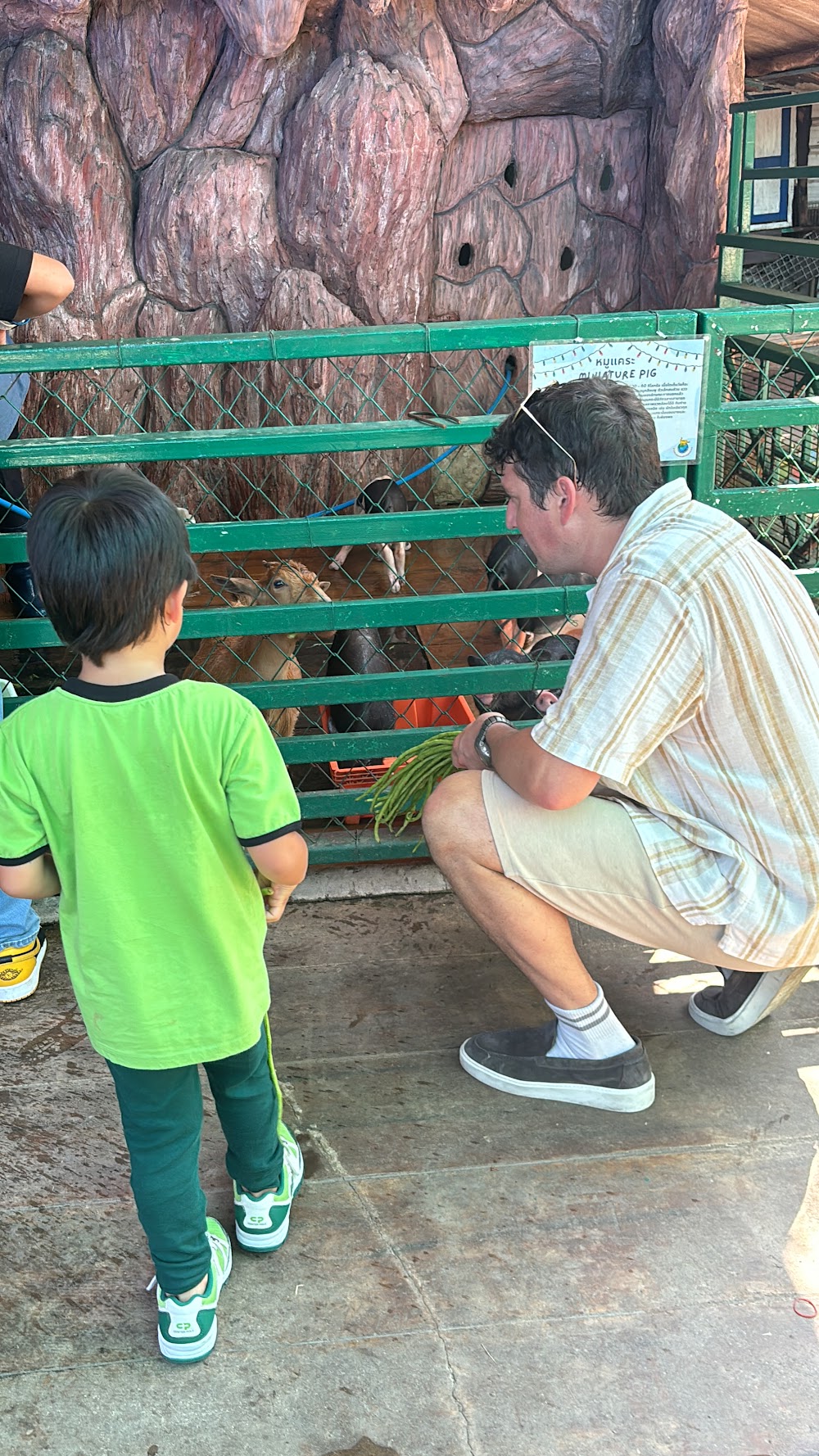
2.08 miles
2.31 miles
2.95 miles
Phra Samut Chedi is perched on a picturesque hilltop overlooking Thanon Suksawat, Tambon Pak Khlong Pla Kot, Thailand
Phra Samut Chedi sits on the west bank of the Chao Phraya River, originallyit was on an island in the river, but silt deposits have long since connected the island to the mainland.In fact, a hundred or more years ago, one of the first things that foreign visitors would have seen as they sailed up the Gulf of Siam towards the Chao Phraya and Bangkok would have been the white pagoda, which then was called Phra Chedi Klang Nam, meaning “The Pagoda in the River”.The origins of the temple date back to the reign of KIng Rama II with work starting in 1827. But he died and the pagoda was completed by King Rama III a year later.Even later King Rama iV wanted to show all foreign visitors to Thailand that the people were Buddhists, so increased the height of the chedi to 38 meters.
We parked our car at the temple near the Pak Nam Market ferry pier. We took a 5.5-Baht cross ferry to Phra Samut Canute Chedi. We walked through the market and reached the temple in 10 minutes. The temple is just OK. It is riverside but its pier is broken. We spent about one hours at the temple.
… extremely beautiful at night all lit-up in pink. I was actually headed to see Phi Suea Samut Fort which is right across a small walking bridge from the chedi. It was late and was unable to enter the chedi grounds, but I got some awesome views and pics from the outside. I got there by riding the BTS to Pak Nam Station, walking 15 minutes to Pak Nam Market Ferry Pier, taking the ferry to the other side of the river. Too easy.
Whilst the Chedi itself is am impressive structure in a nice setting with equally interesting further buildings in the area, it is getting here that is the fun,Located on the West Bank of the Chao Phraya River, a ferry trip across the river is needed which departs from Samui Prakan pier and costs B5.5 each way. The ferries run on a very regular basis from before dawn well into the evening. On getting to the other side, pass through the ferry terminals to the roadway out the front and turn right: it is about 500m to the Chedi.A visit should be combined with the walk out to the old river fort as well: in all, makes for an interesting little adventure.
Phra Samut Chedi locally called “Phra Chedi Klang Nam” or “Pagoda in the river”, located opposite Samut Prakan Provincial City Hall on the banks of the Chao Phraya River, was a brilliant white stupa on an island in the middle of the river that greeted foreigners arriving in Thailand over 150 years ago. The Chedi or stupa was originally built by King Rama II on an island partly naturally caused by the accumulation of sand brought down by flood waters, completed by King Rama III and later added its height to 38 meters by King Rama IV who wanted to show all visitors to Thailand that his people were Buddhists. Over the years the river was silted up even more and eventually the island became part of the river’s west bank. It houses 12 sacred relics of Lord Buddha, an image of Buddha “Phra Ham Samut“ in the posture of pacifying the ocean and an image of well-known monk “Phra Chai Wat”. Phra Samut Chedi is presently the proud symbol for Samut Prakarn Province.